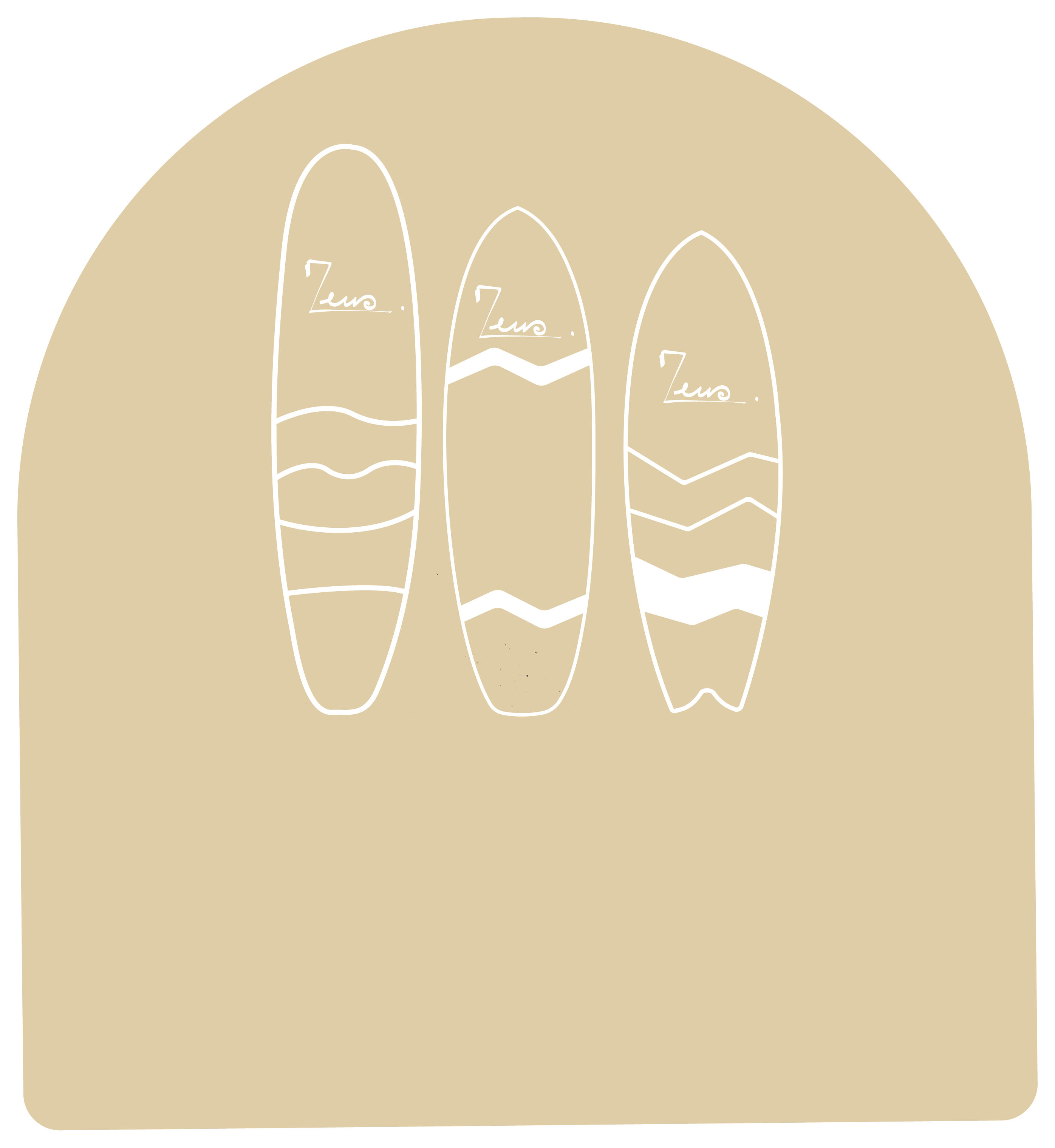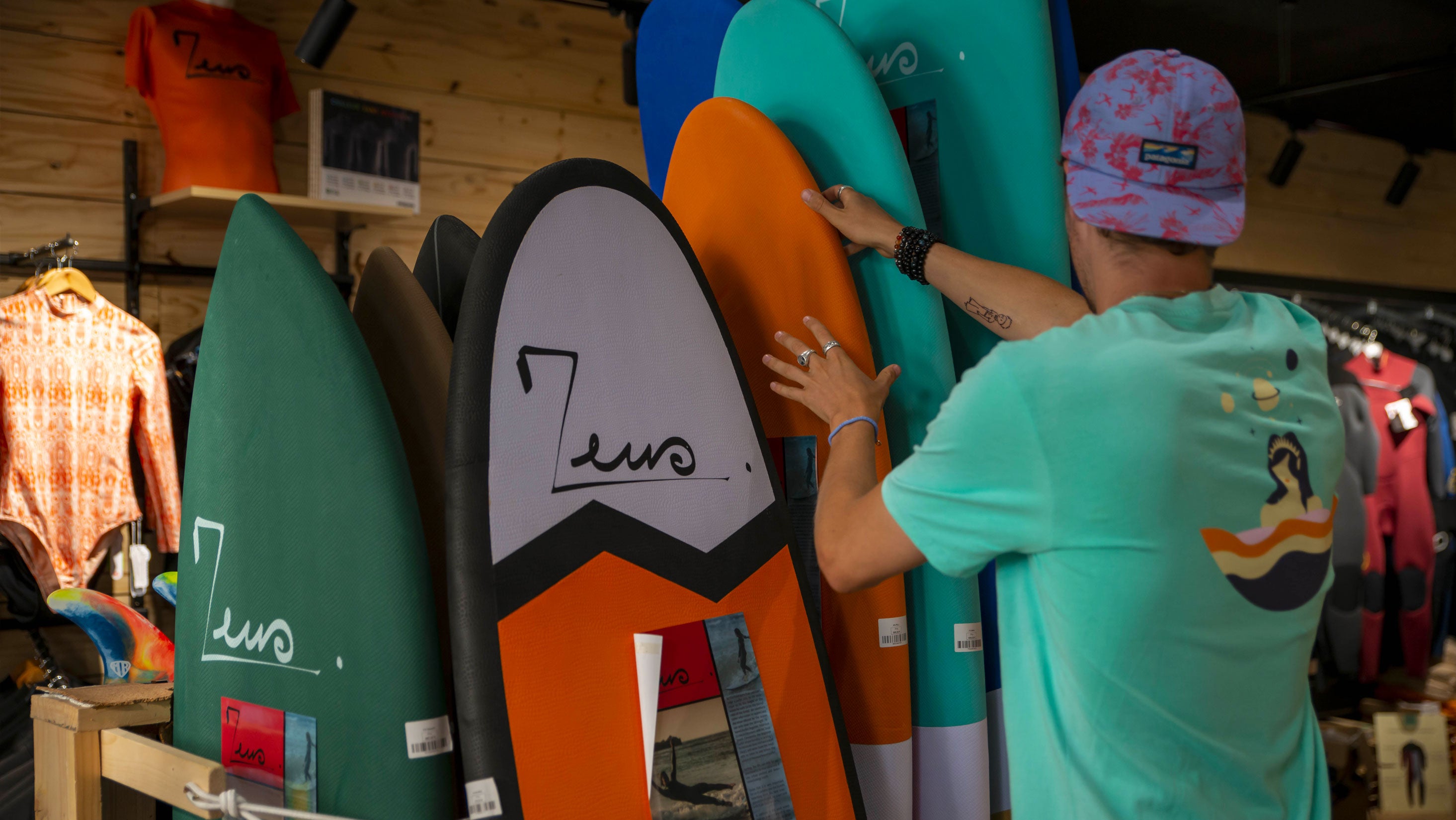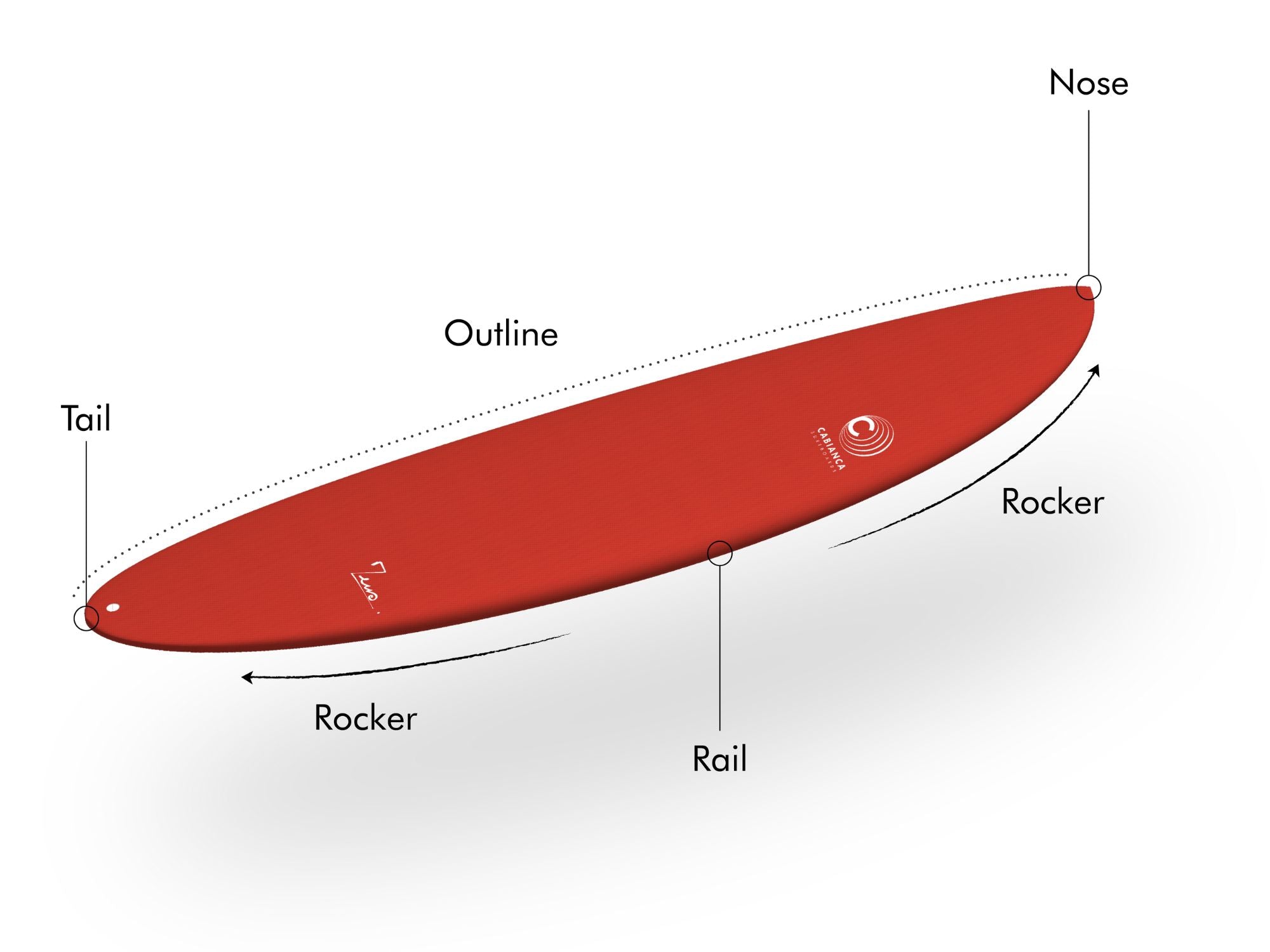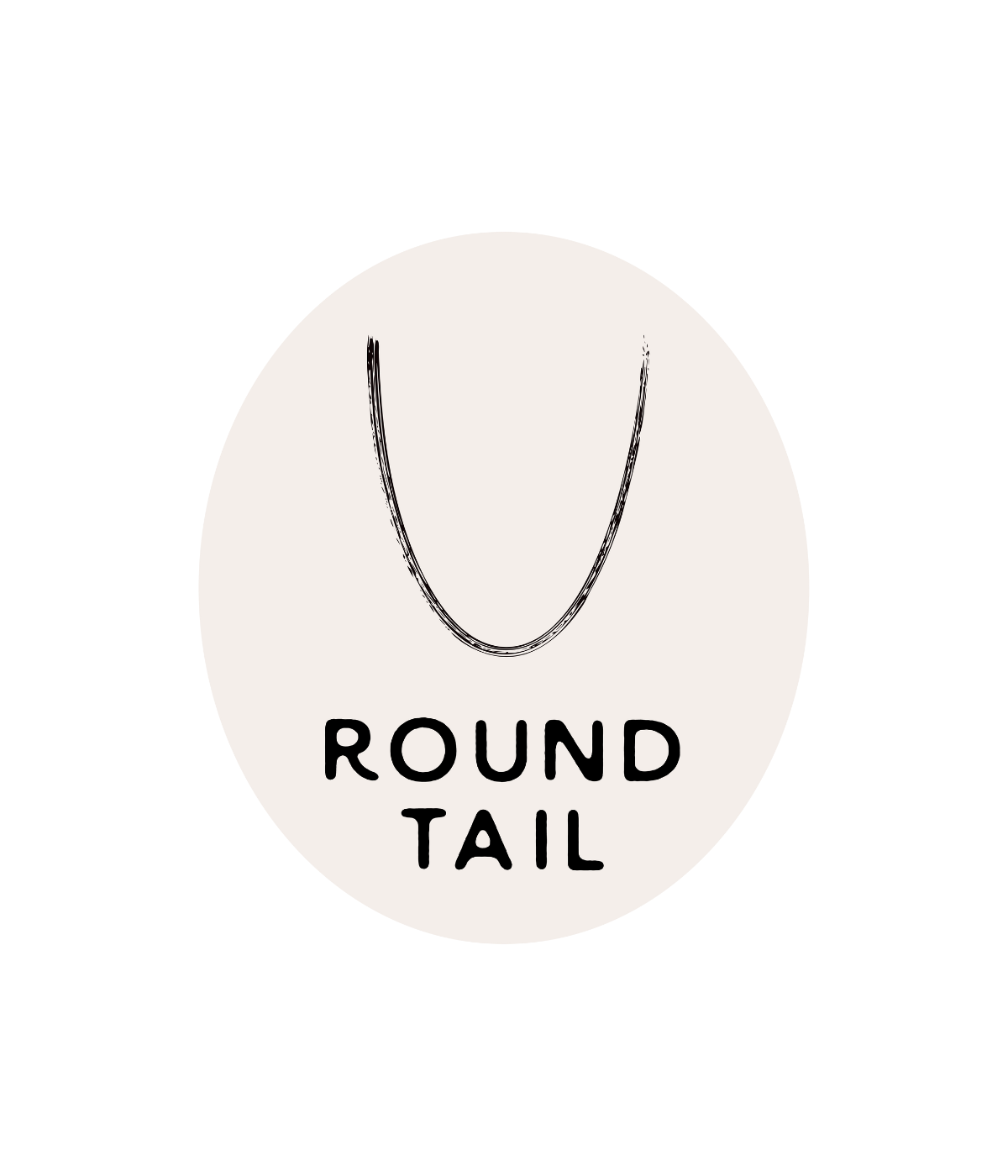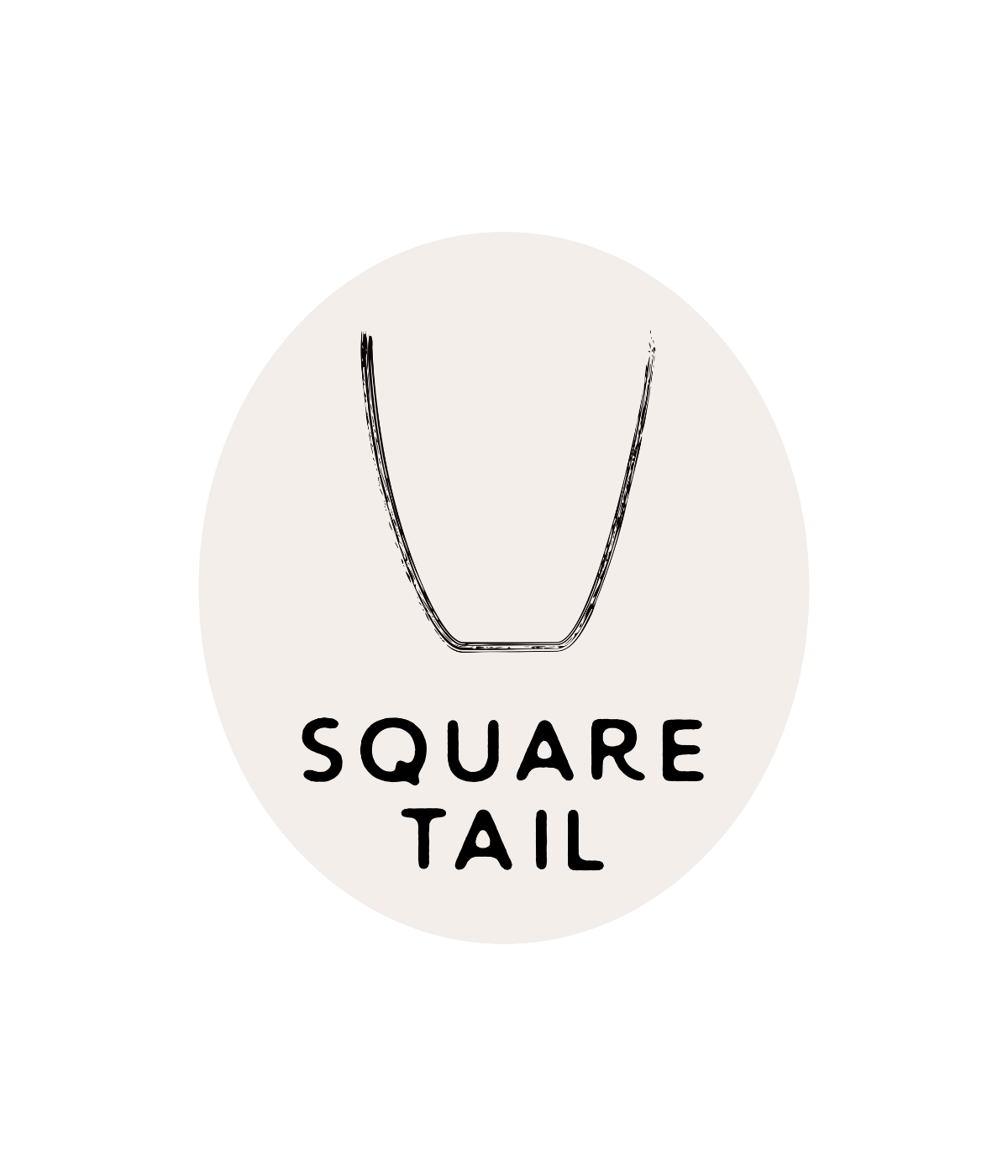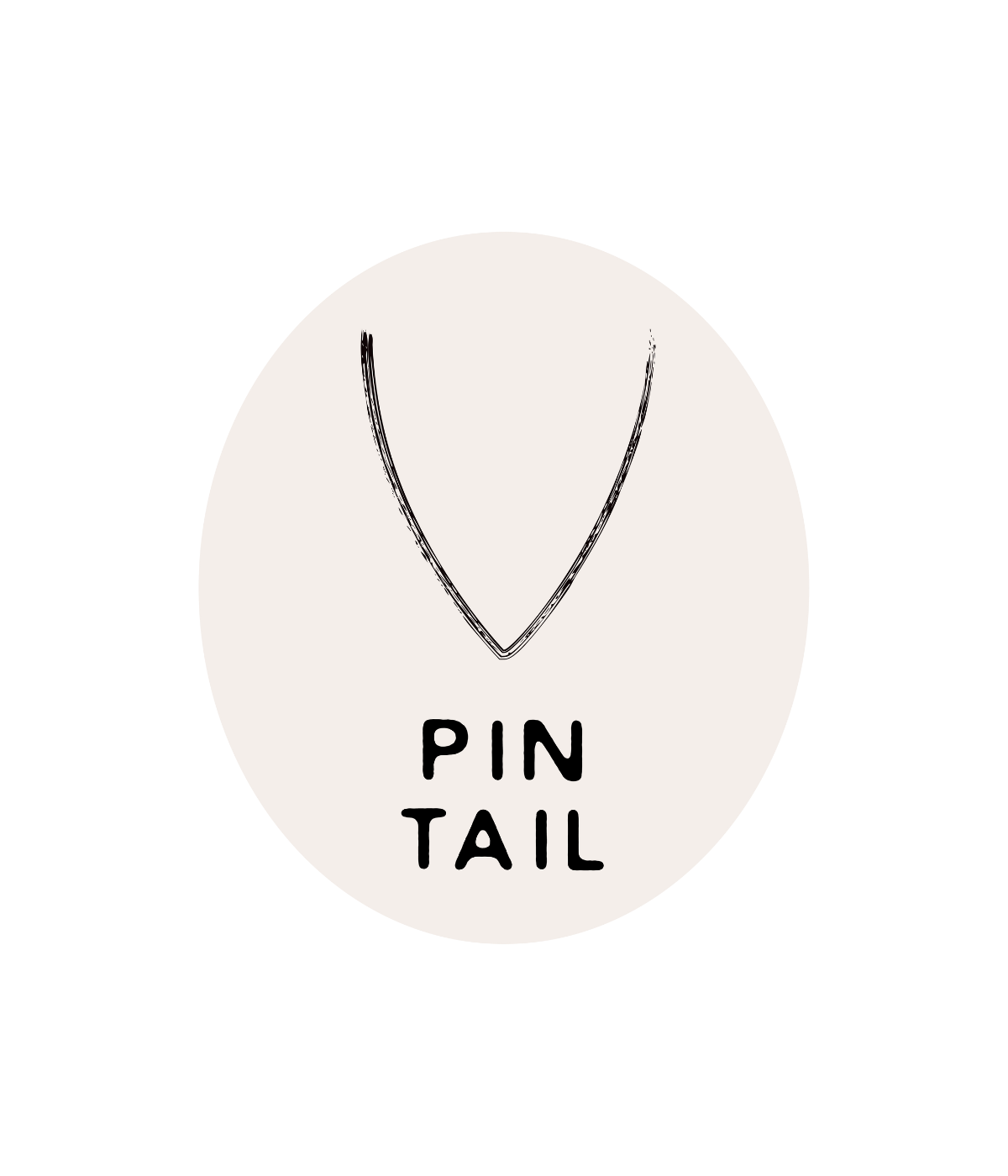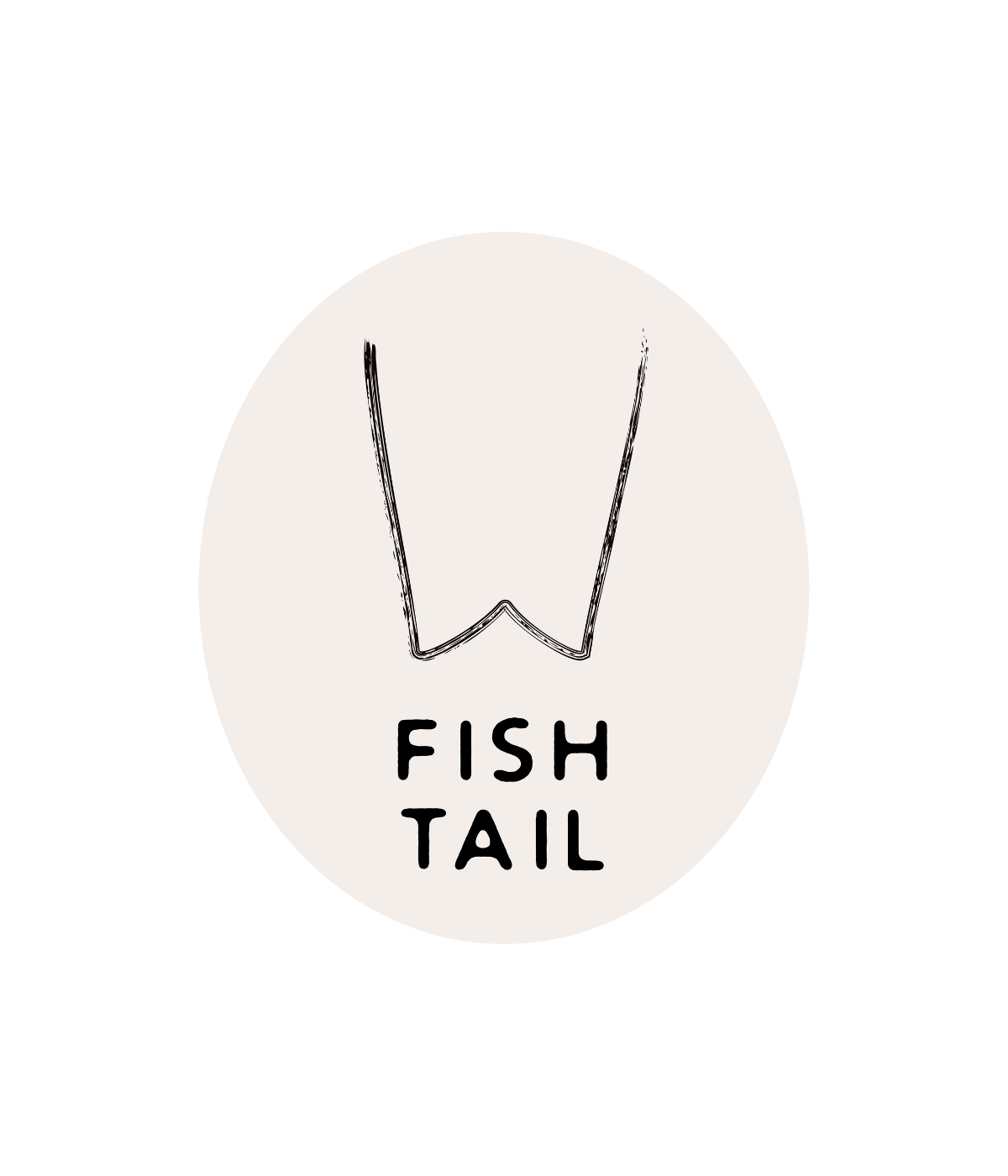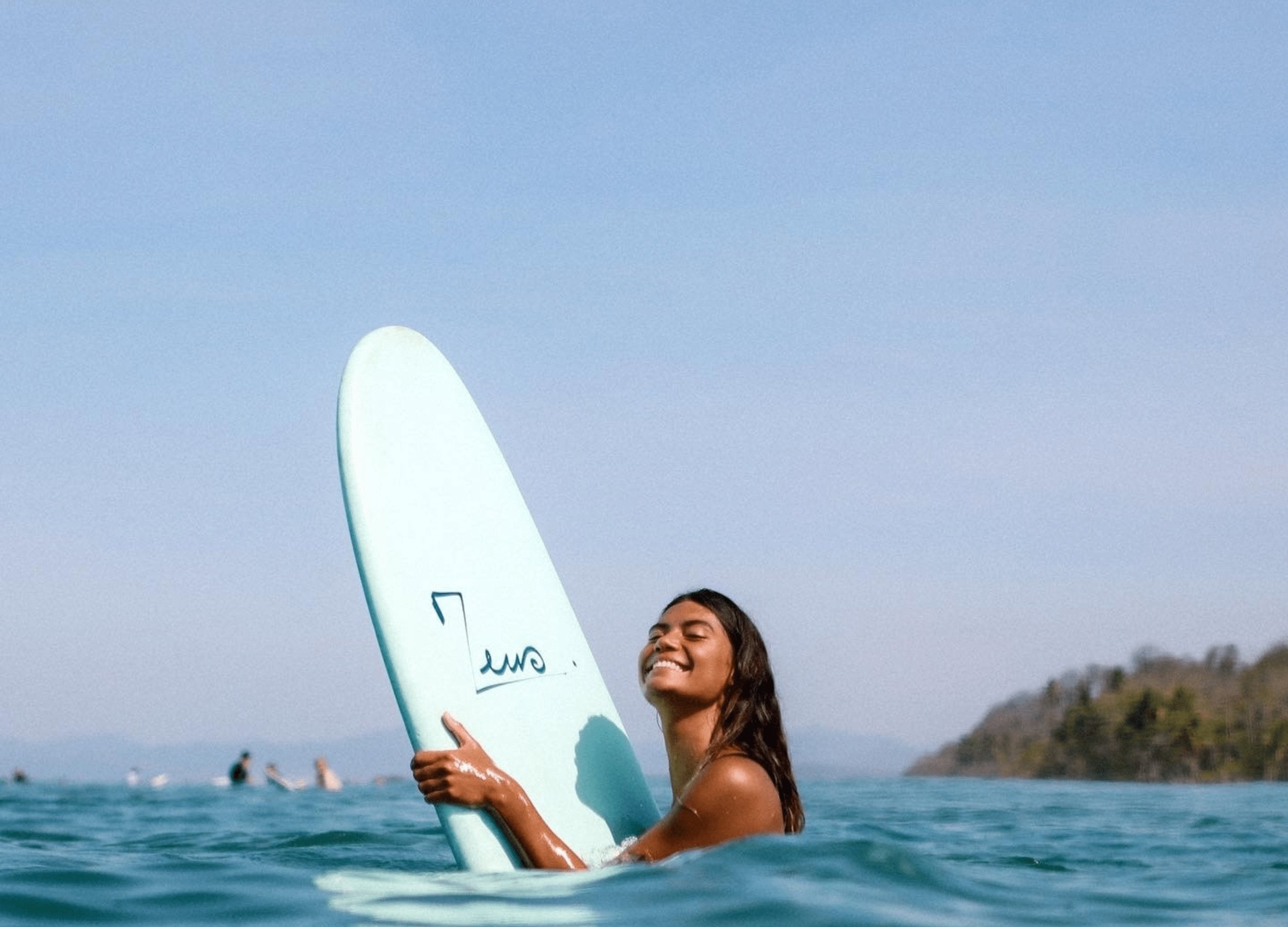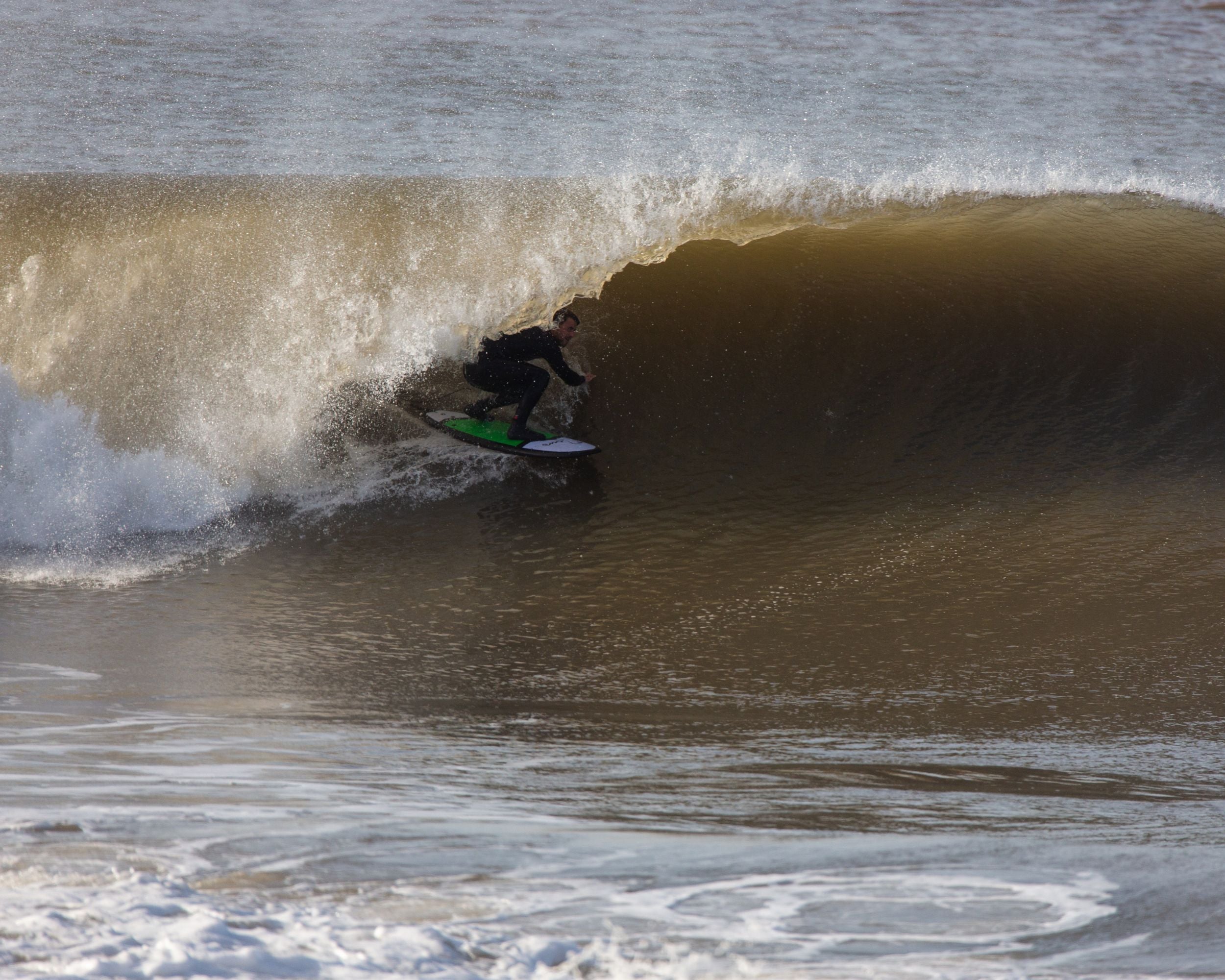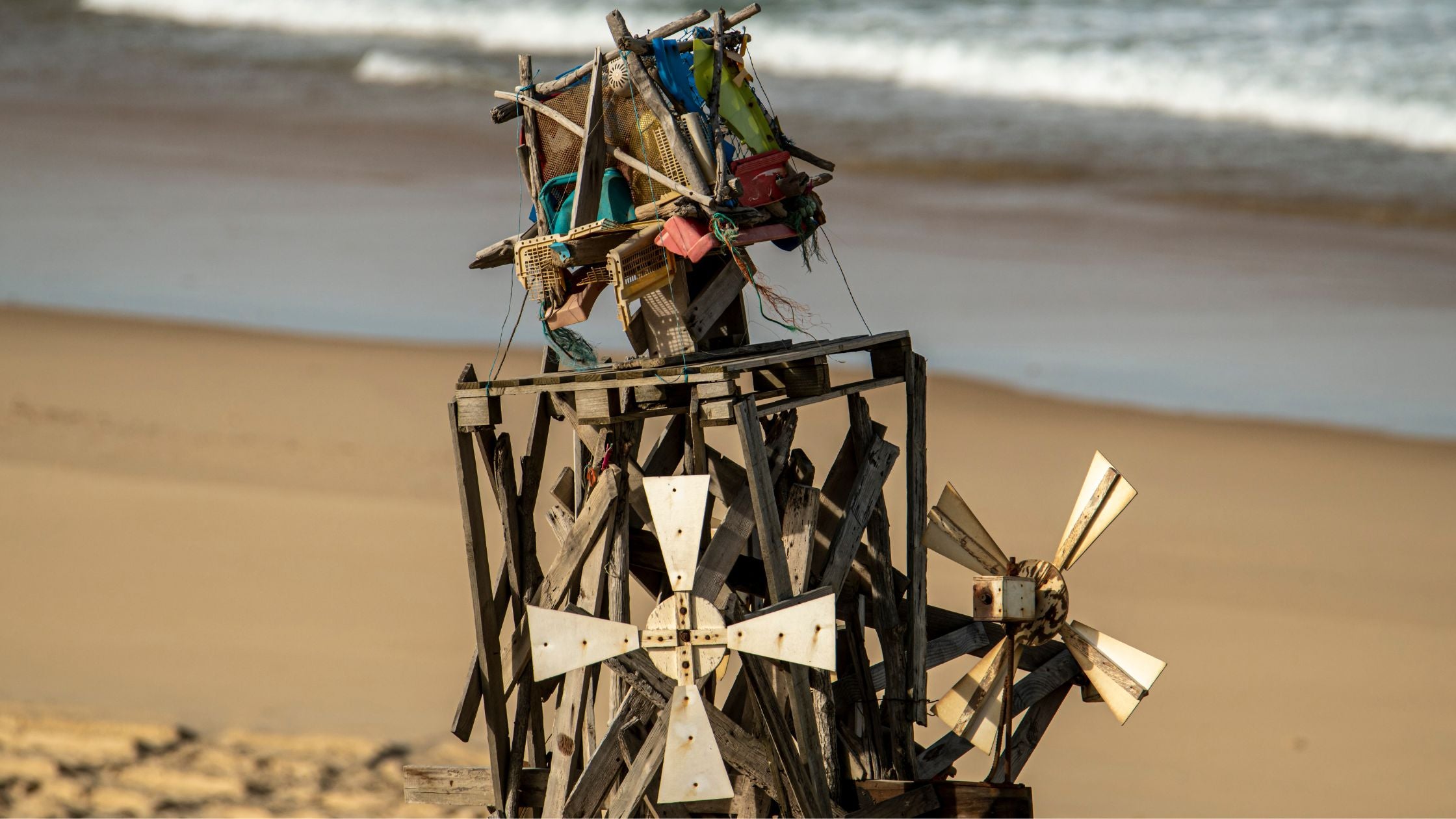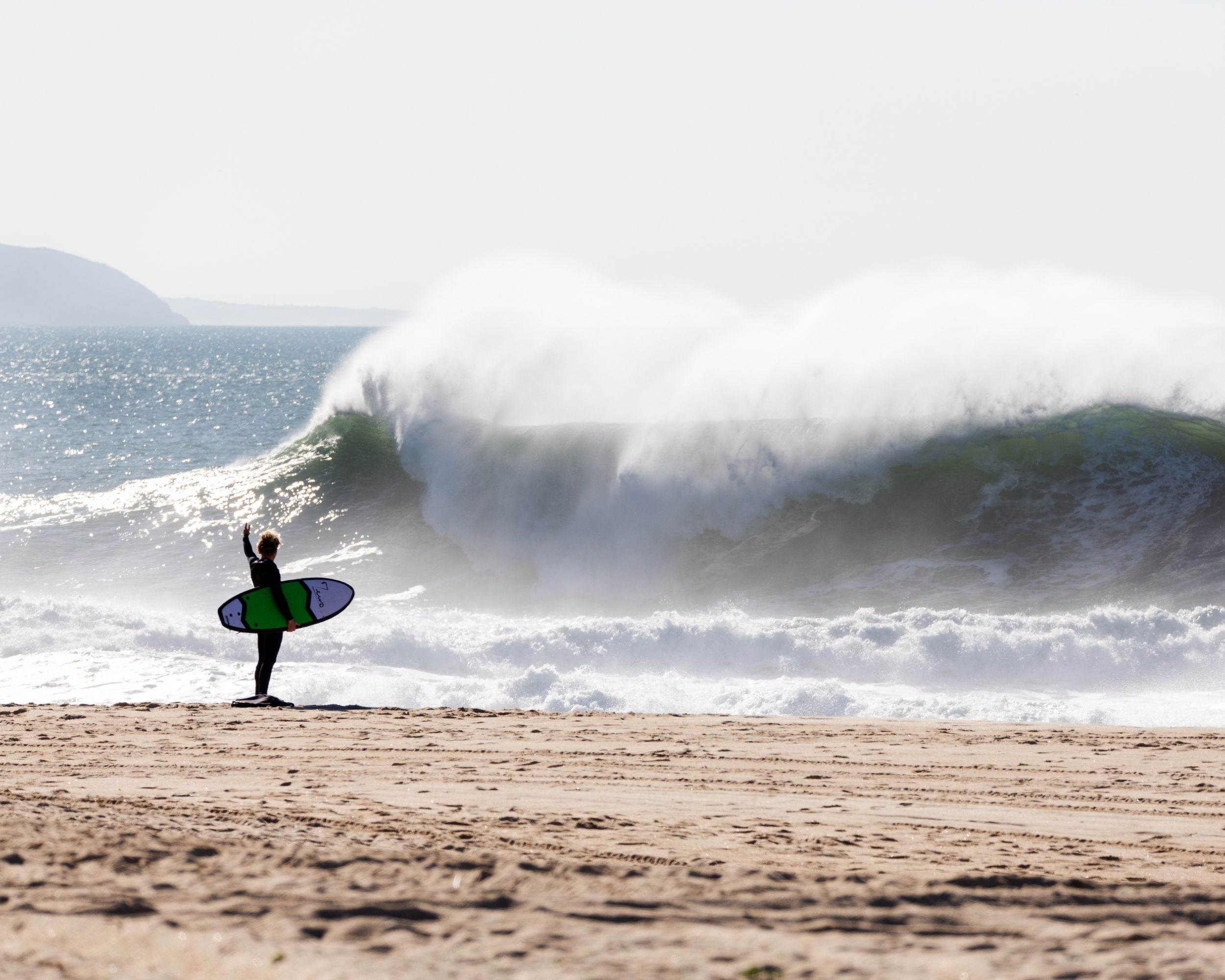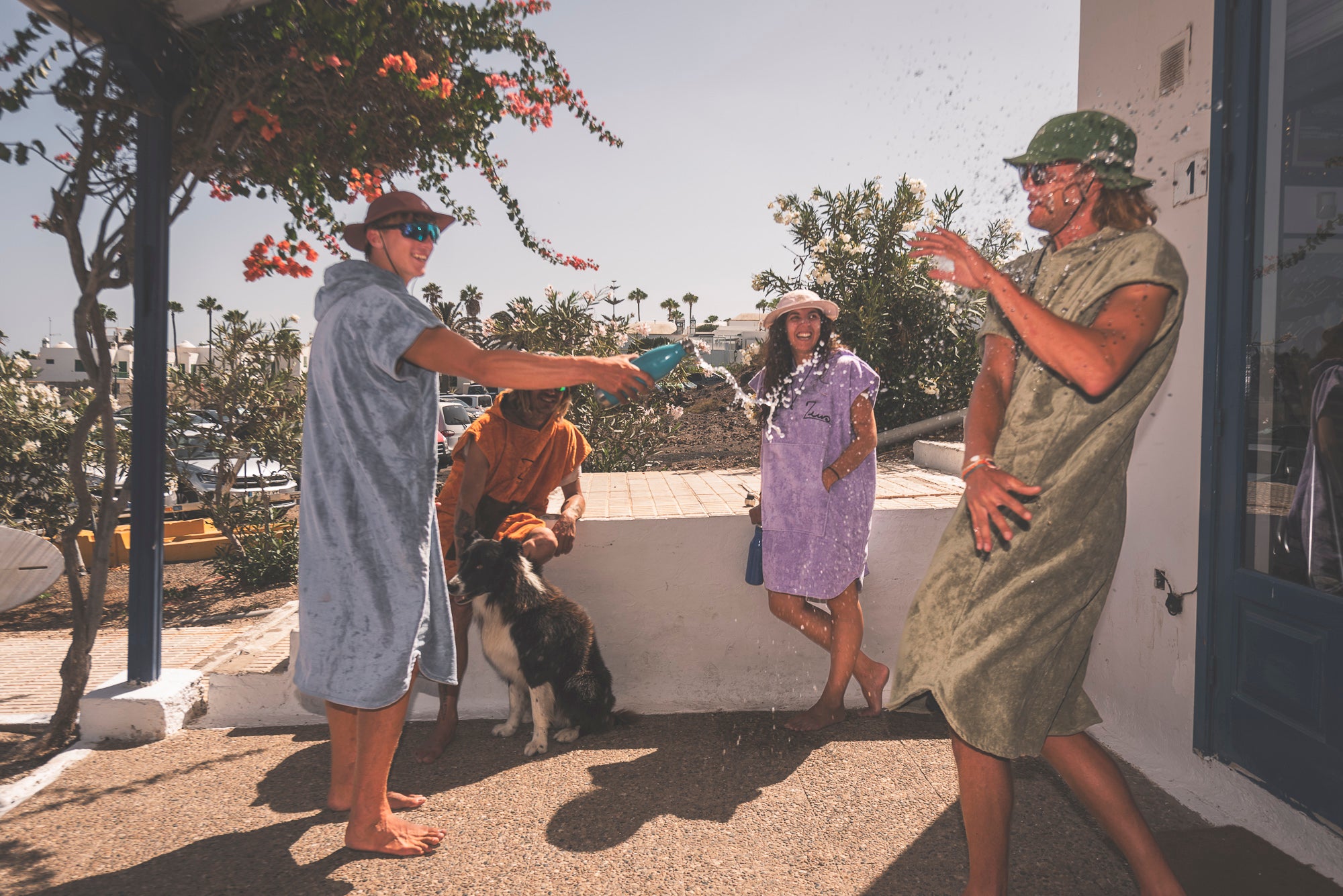Les types de planches
Les différentes Shapes
Le shape c'est la forme de la planche, on distingue plusieurs grandes familles de shapes. Les plus courantes sont les suivantes :
Mini Malibu
Conditions idéales :
Le funboard, également appelé mini malibu, est la planche idéale pour les conditions de vagues petites à moyennes, convenant parfaitement aux surfeurs débutants à intermédiaires.
On peut le considérer comme un entre-deux, à mi-chemin entre le longboard et le fish. Ses dimensions comprises entre 7'0 et 8'0 pieds, ainsi que sa forme large et arrondie, en font une planche stable et maniable, idéale pour progresser sereinement.
Longboard
Conditions idéales :
Le longboard est la planche idéale pour surfer avec style dans des vagues douces et longues de moins de 2 mètres.
Sa forme allongée et stable en fait une planche parfaite pour les débutants, permettant de se familiariser avec le surf tout en gardant un bon équilibre.
Facile à ramer et offrant une belle glisse, le longboard est un excellent choix pour progresser sereinement.
Shortboard
Conditions idéales :
Le shortboard est la planche idéale pour les conditions de vagues moyennes à grandes, puissantes et creuses, convenant aux surfeurs confirmés. Ces planches sont conçues pour offrir une performance maximale dans des conditions de vagues bonnes, voire épiques.
Seuls les surfeurs expérimentés devraient se lancer sur un shortboard, car sa forme étroite et effilée requiert un niveau technique élevé pour en tirer pleinement parti.
Fish
Conditions Idélaes :
Le fish est la planche idéale pour les conditions de vagues petites à moyennes, parfaite pour les vagues faibles et « mollassonnes », mais également très fun à rider dans de bonnes conditions avec un peu plus de puissance.
Reconnaissable à son nez large et volumineux, ainsi qu'à sa forme qui se rétrécit progressivement vers le tail, le fish offre plus de volume et moins de rocker que les shortboards classiques. C'est une excellente option pour s'amuser sur des vagues moins puissante, tout en restant maniable.
Understanding shape
Tail types
The shape of your board's tail plays an essential role in the response of your equipment. It's the last place where the water flows under the board, and where the fins are placed.
A wide, voluminous tail offers stability, flotation and speed. A narrower tail digs deeper into the water, providing more bite, better control in big waves, and easier transfers from rail to rail, for a more agile ride.
Understanding shape
Aileron configurations
Fins play a fundamental role in the stability, control and direction of your surfboard.
They enable you to maintain your speed and "slice" through the water, which would be impossible with a finless board.
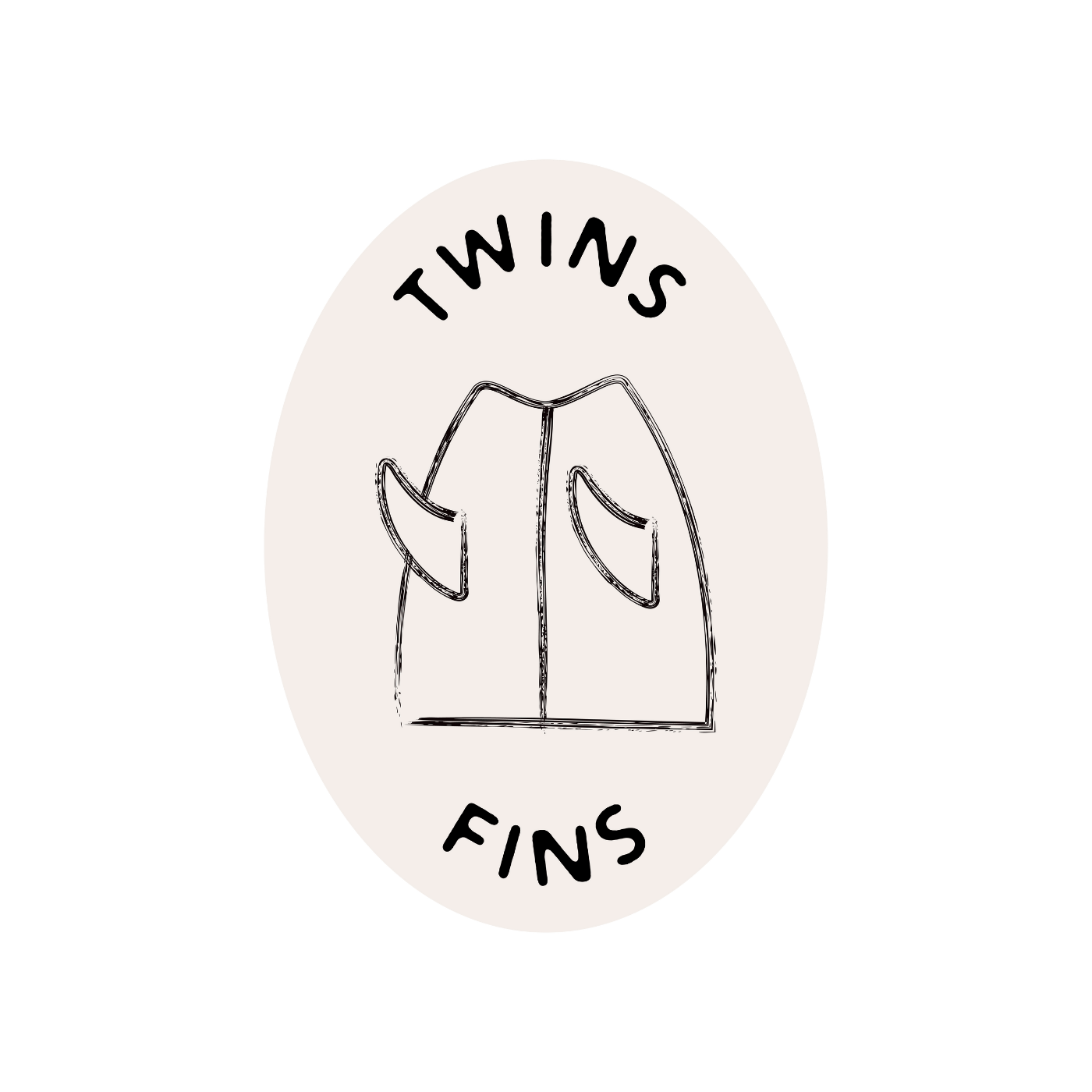
Twins
Twin fins became popular in the late 1970s and early 1980s, when Mark Richards began using twin-fin "fishs" to win four consecutive World Championship titles.
At that time, the world discovered how twin fins offered extra maneuverability and speed, giving Mark Richards a competitive edge to beat other competitors mounted on single fins.
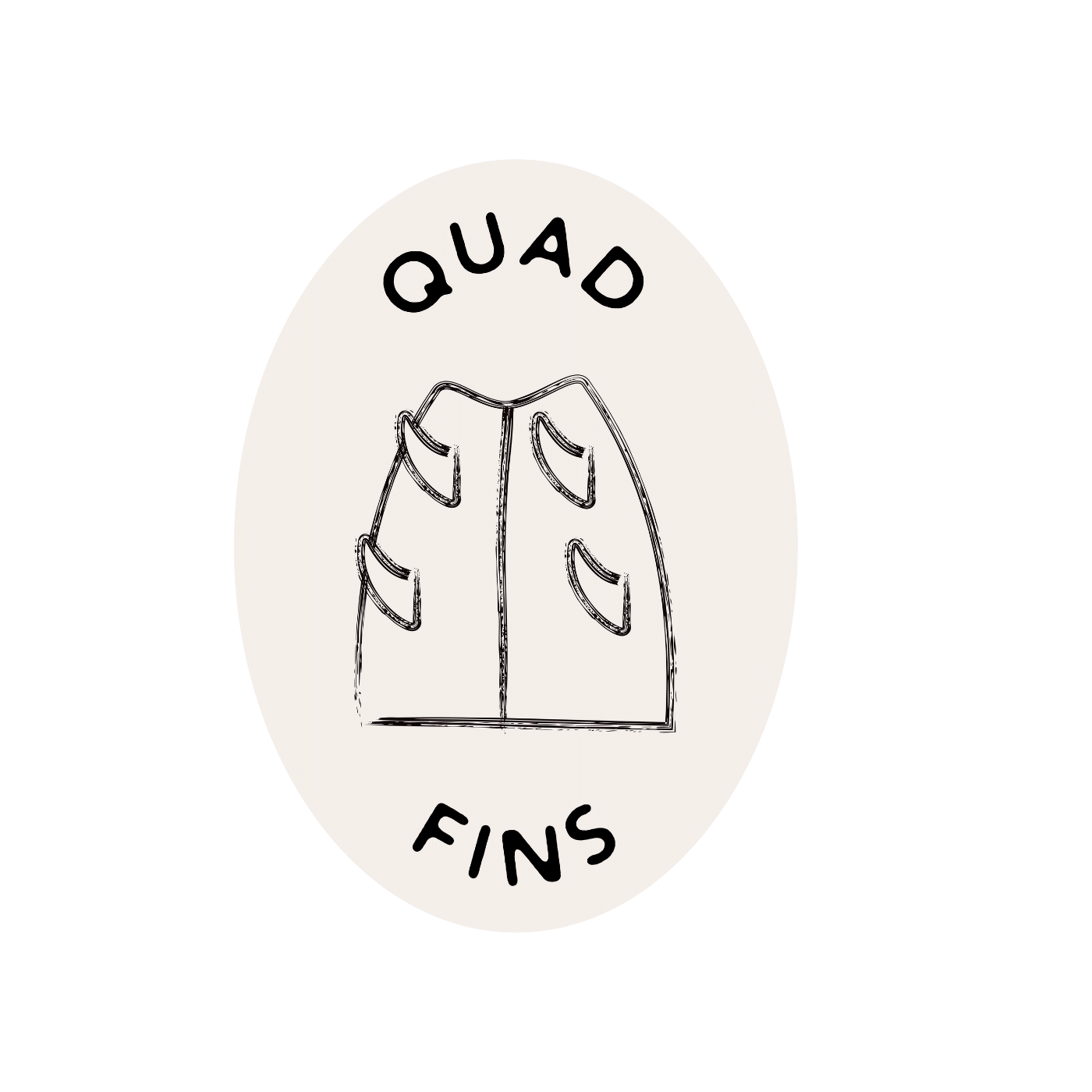
Quad
The four-fin setup combines some of the characteristics of the slim twin and the thruster. Quads can be excellent in small waves, especially if the rear fins are positioned higher on the board and closer to the rails.
This helps surfers generate speed, even in weak waves, and facilitates fast turns, much like with a slim twin, but with added control.
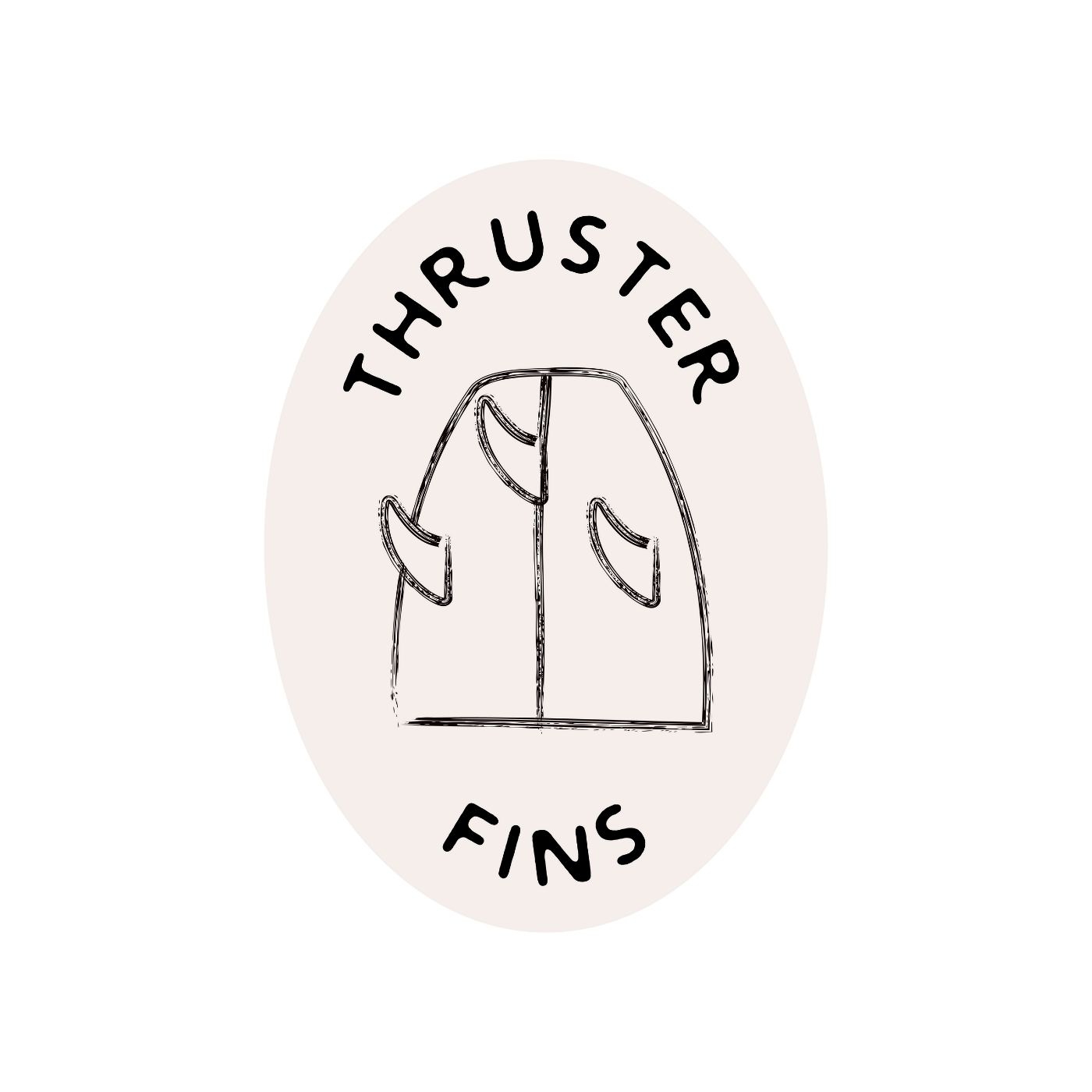
Thruster
The thruster setup, with three fins of equal size, is currently the most popular configuration for most surfers, from beginners to experts. Frustrated by the fact that thin twin fins didn't "hold" enough in big waves, Australian Simon Anderson came up with the idea of this three-fin setup in 1980.
The thruster offers an excellent compromise between the stability and control of single fins, and the maneuverability of twin fins. It's the most versatile configuration, suitable for a wide variety of conditions andriding levels.
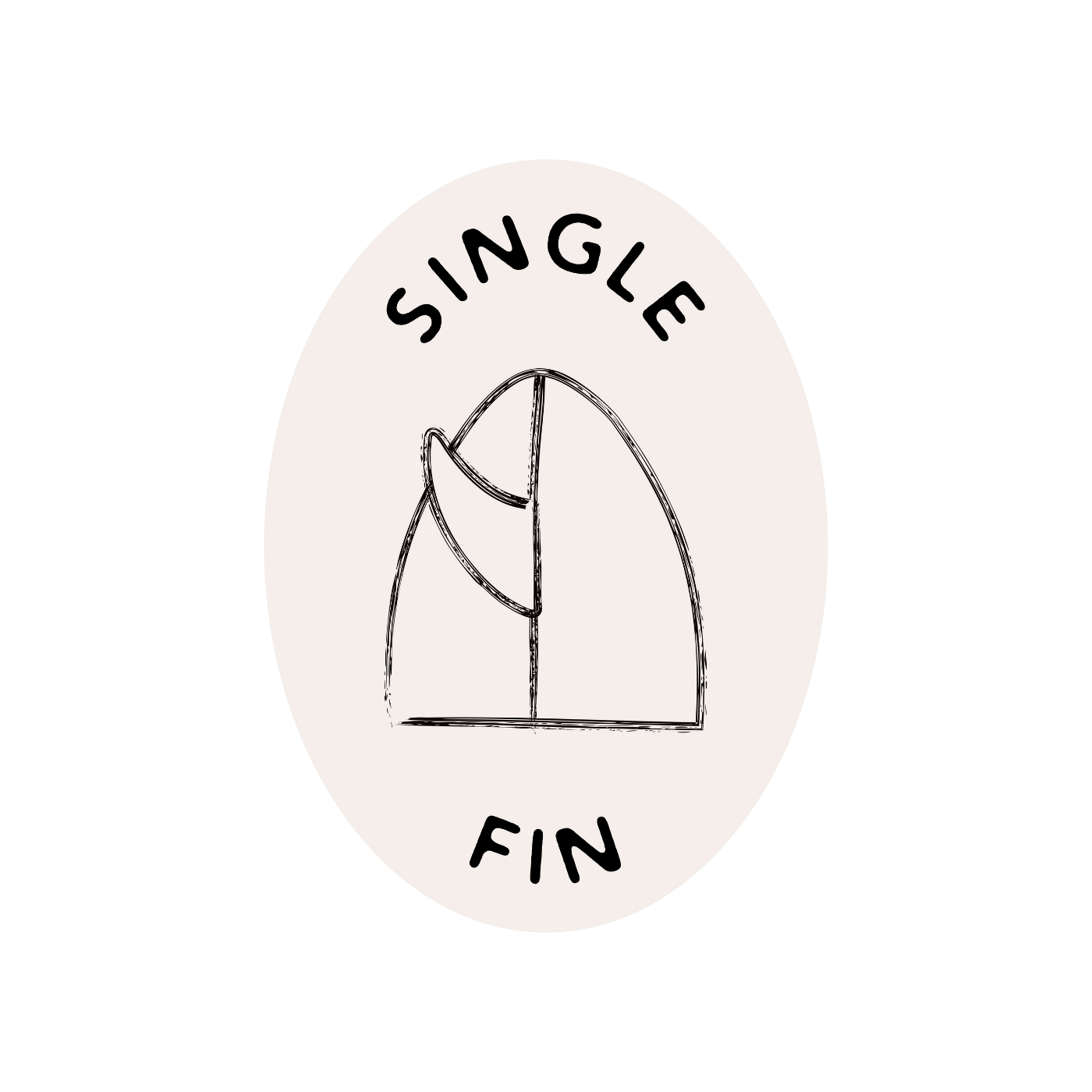
Single
Single fins are most often found on longboards. This original fin setup is considered outdated by some, but is still appreciated by others for the different feel it gives to the board. Single fins are generally long and wide, large enough to offer autonomous control of the board.
Single fins provide good stability and excellent"drive" in waves, perfectly suited to the longboard's fluid, elegant style. Although more limited in terms of maneuverability than other setups, the single fin is still a great configuration.
Understanding the Shape
Bottom Shape
Shapers design different hull shapes for surfboards, from nose to tail, depending on the level and surf conditions.
For example, a "simple concave" at the front, a "flat" bottom in the middle, and a "Vee" at the back. This mix of shapes affects the way water flows under the board.
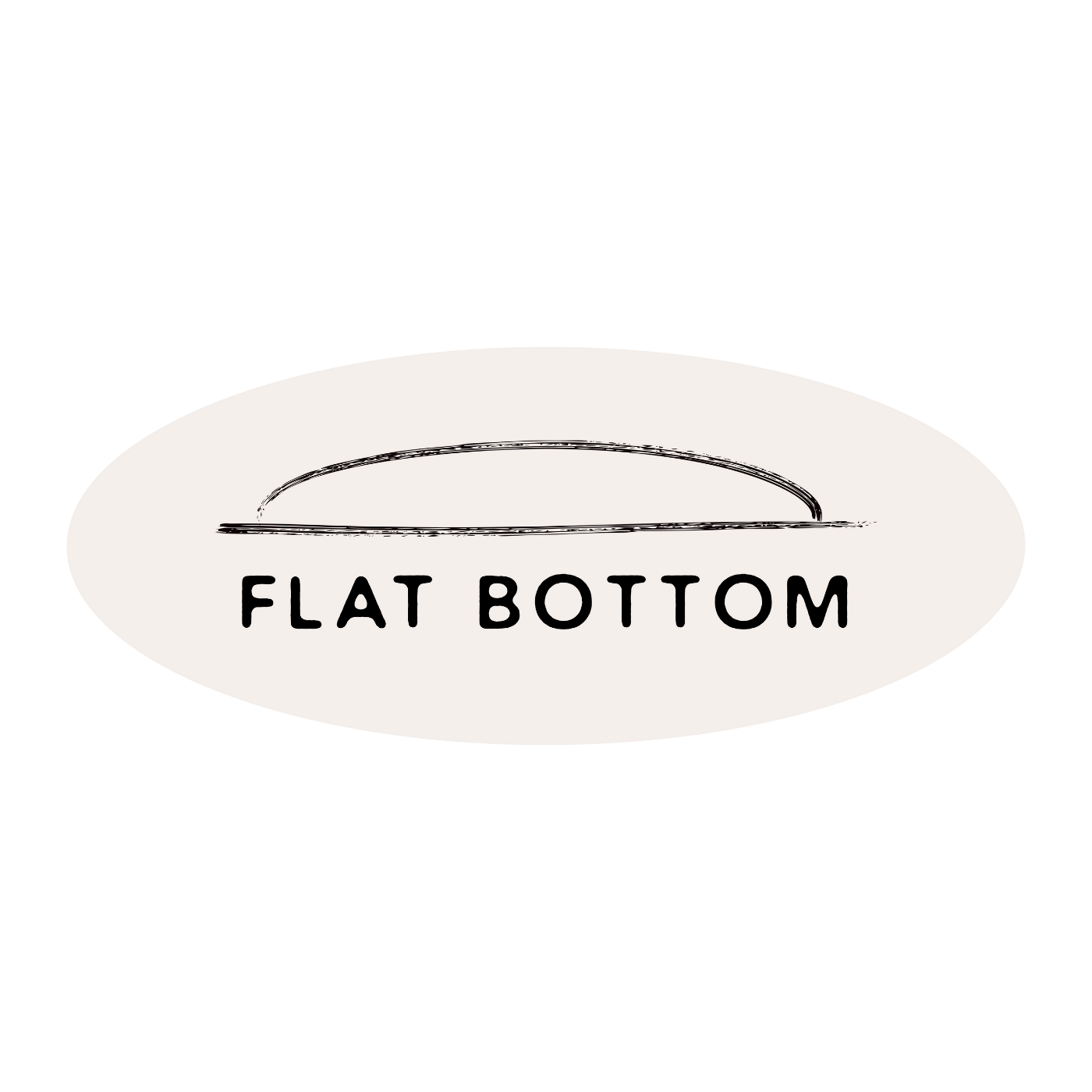
Flat Bottom
The flat parts of the bottom of a surfboard are ideal for gliding along the surface. This is a good choice for beginners, as they can surf further out onto the shoulder of the wave without losing too much speed.
Advanced surfers will find that too much flat surface makes the board difficult to control in powerful waves.
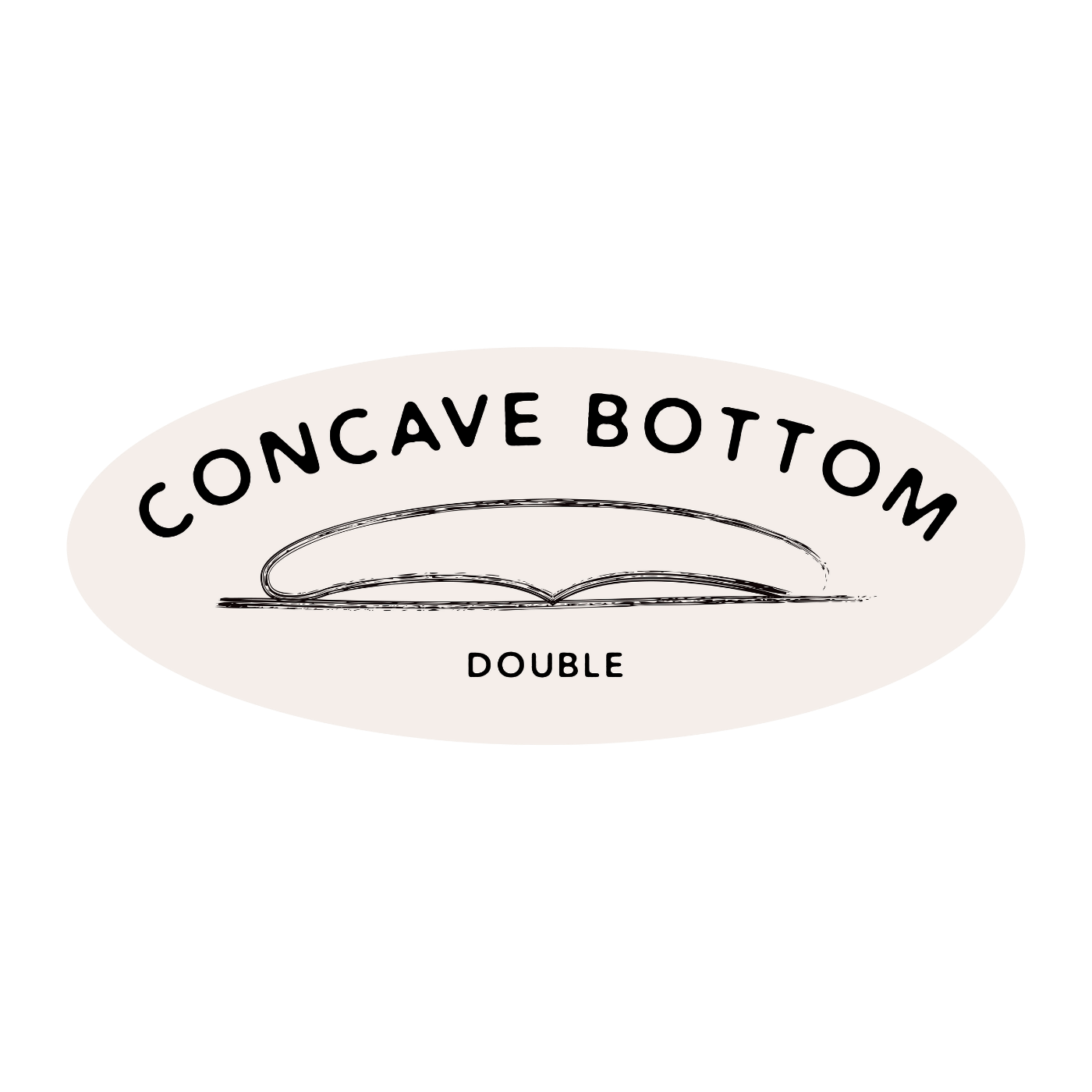
Concave Bottom
Concaves are optimal for surfers looking for speed and performance in good surf conditions. Most shortboards will have some type of concave bottom, as this is the best shape for channelling water between the rails.
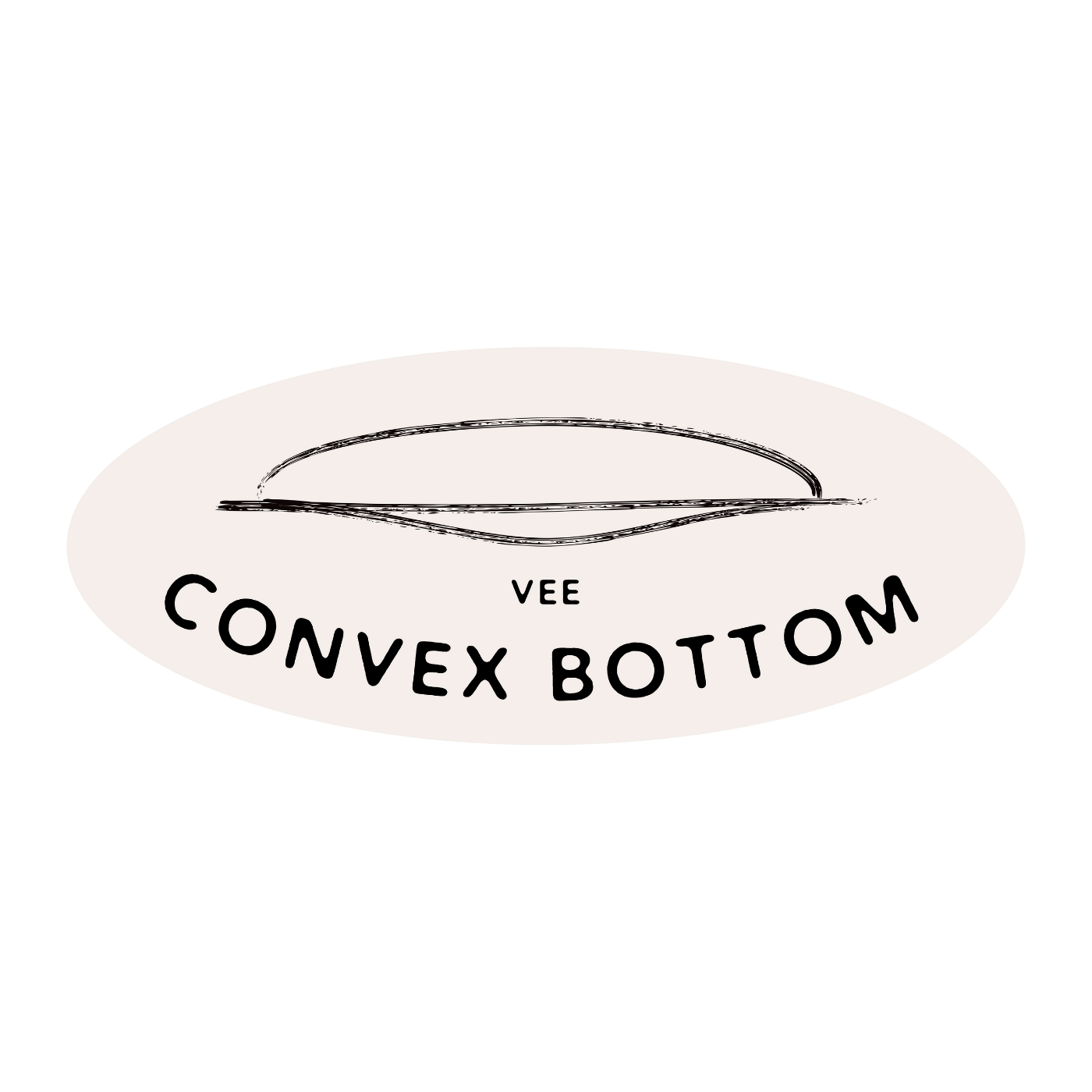
Convex bottom
Convex bottoms, like the "vee" or "belly", are designed to facilitate rail-to-rail transitions.
They act as a pivot point in the middle of the board, offering greater responsiveness when initiating turns. The downside is that this shape slows down the board, as the flow of water is directed towards the outside of the rails.
The magic curve
The Rocker
Rocker refers to the longitudinal curvature of the surfboard, from nose to tail, which is an essential design element and has a major impact on the board's handling and performance.
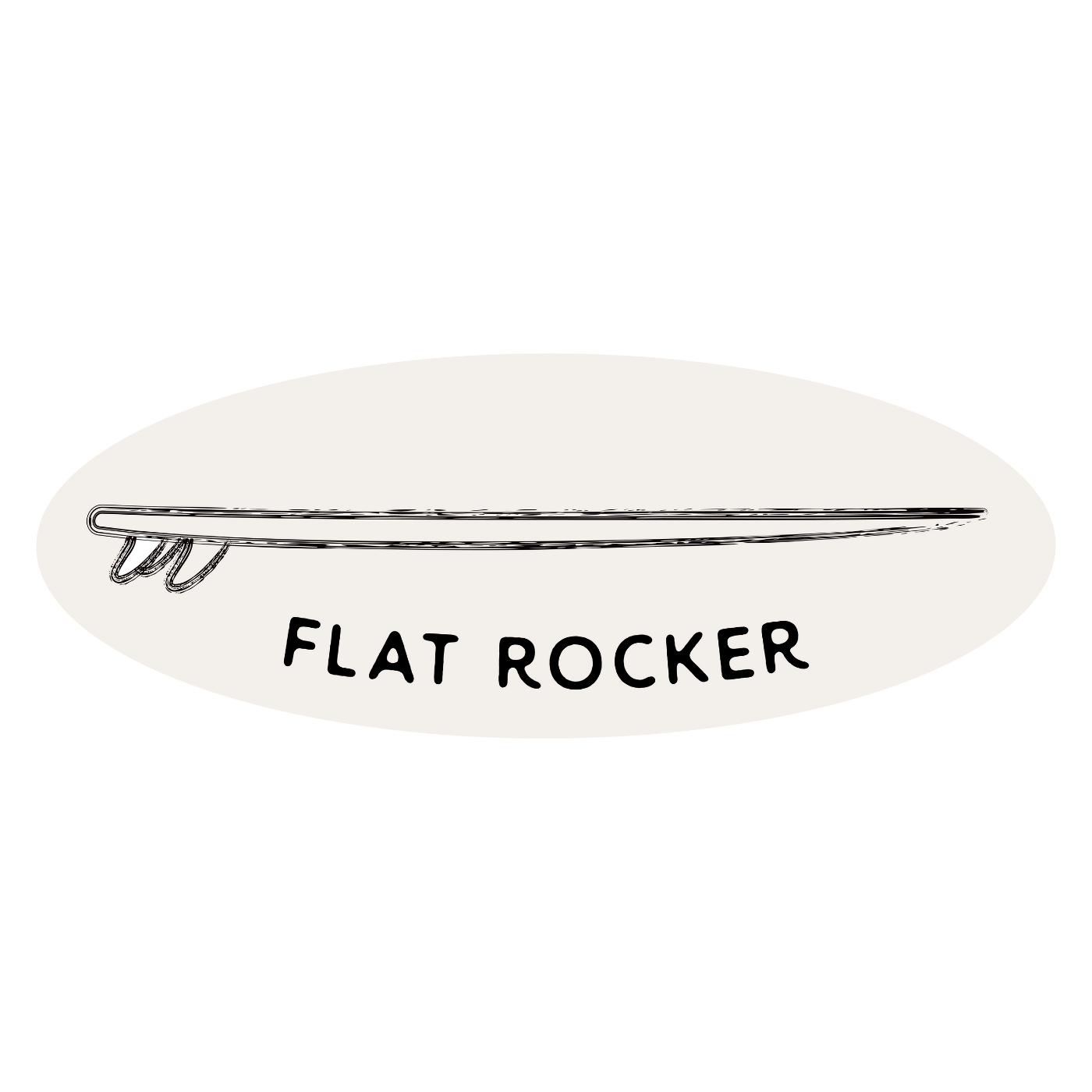
Flat Rocker
Firstly, the flat rocker provides greater stability on the water. With a larger glide surface, the board is easier to balance, which is crucial for less experienced surfers.
In addition, the flat rocker translates into greater paddling and gliding speed. With less curvature, there's less drag in the water, allowing you to catch waves sooner and maintain speed longer. This is a significant advantage for those still struggling to get up to speed.
In short, flat rocker surfboards offer reassuring stability and interesting speed, ideal for novice surfers wishing to master the fundamentals.
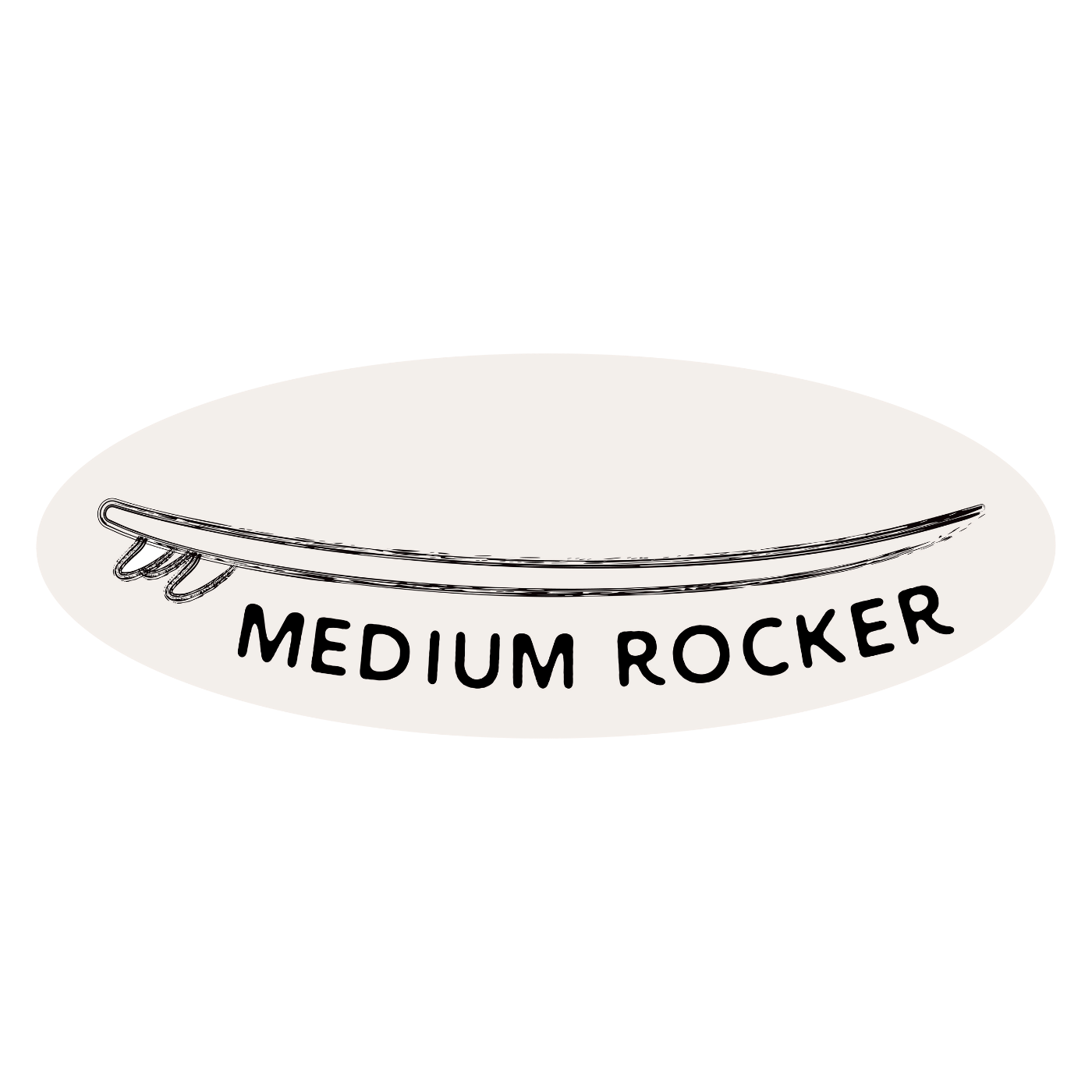
Moderate Rocker
Are you a seasoned surfer looking for a thrill? Don't wait any longer for a board with a pronounced rocker! This highly curved design guarantees insane maneuverability to push your surfing to the limit.
Thanks to this accentuated rocker, your board will respond to the slightest impulse with incredible agility. You'll be able to trace fluid lines and perform high-flying maneuvers in the wave's most powerful zones.
Board types
The different Shapes
The shape is the shape of the board, and there are several main families of shapes. The most common are :
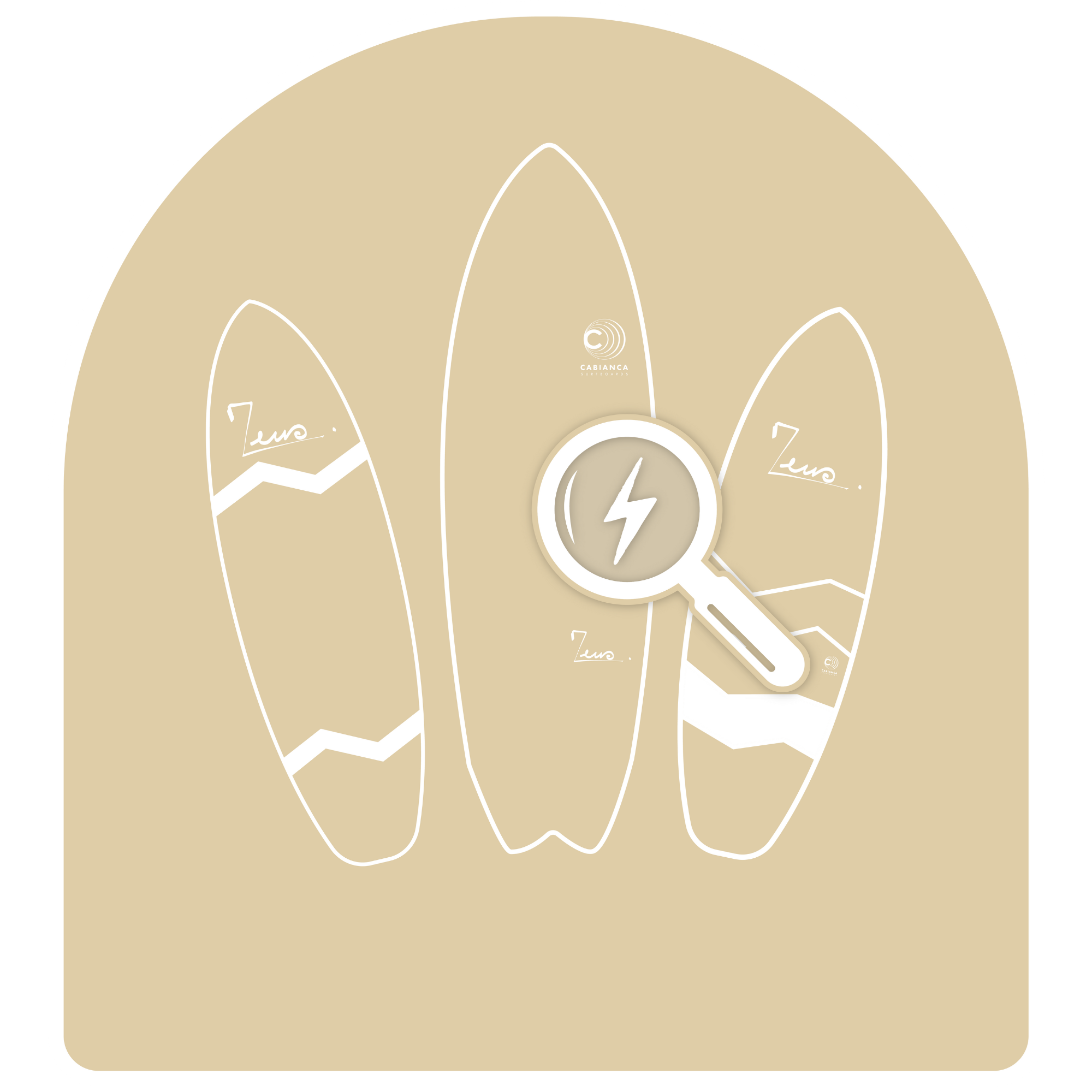
Mini Malibu
Ideal conditions:
The funboard, also known as the mini malibu, is the ideal board for small to medium wave conditions, perfectly suited to beginner to intermediate surfers.
It can be considered an in-between board, halfway between a longboard and a fish. Its dimensions of between 7'0 and 8'0 feet, and its wide, rounded shape, make it a stable, easy-to-handle board, ideal for serene progress.
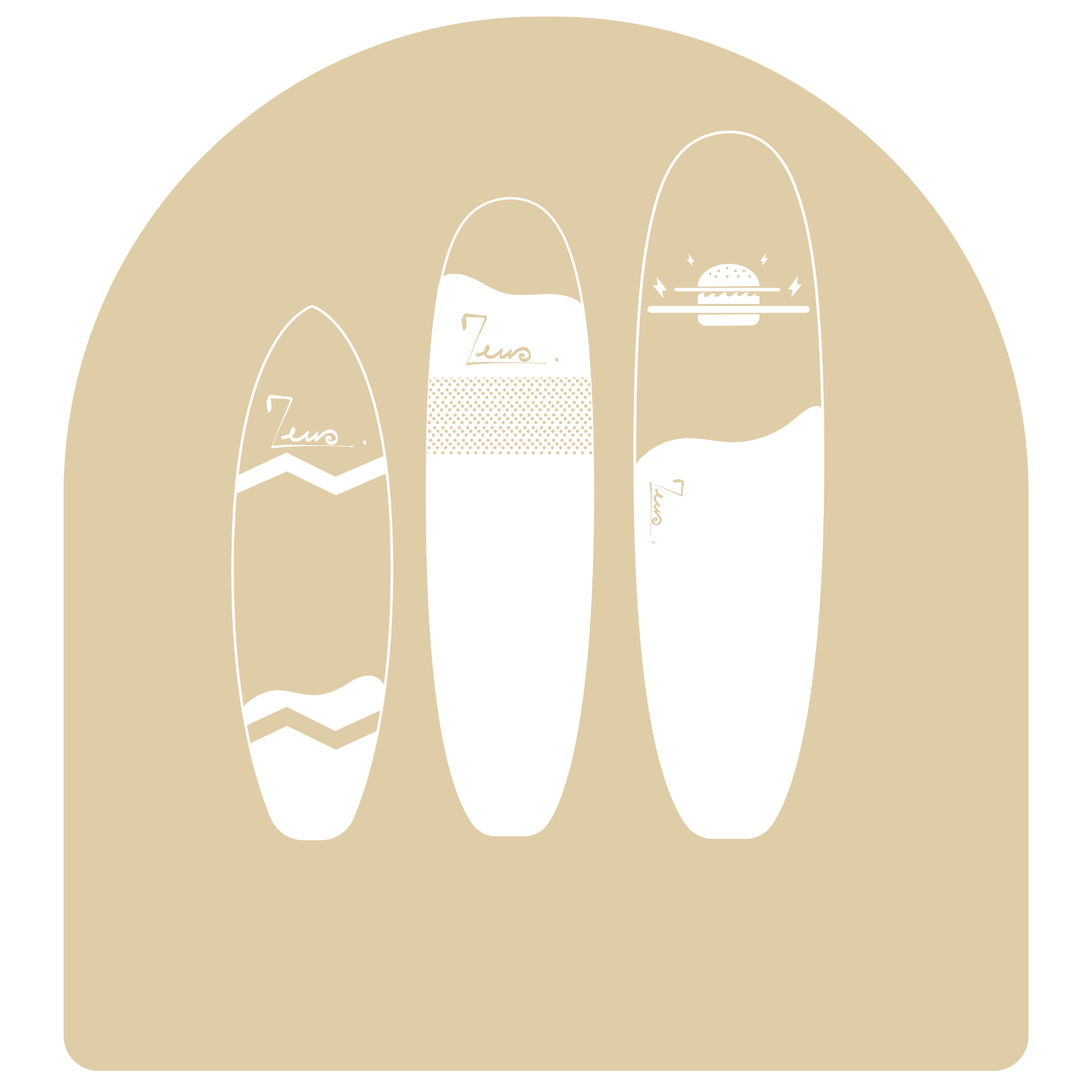
Fish
Ideal conditions:
The fish is the ideal board for small-to-medium wave conditions, perfect for weak and " soft " waves, but also great fun to ride in good conditions with a little more power.
Recognizable by its wide, voluminous nose and gradually tapering shape towards the tail, the fish offers more volume and less rocker than conventional shortboards. It's an excellent option for having fun on less powerful waves, while remaining easy to handle.
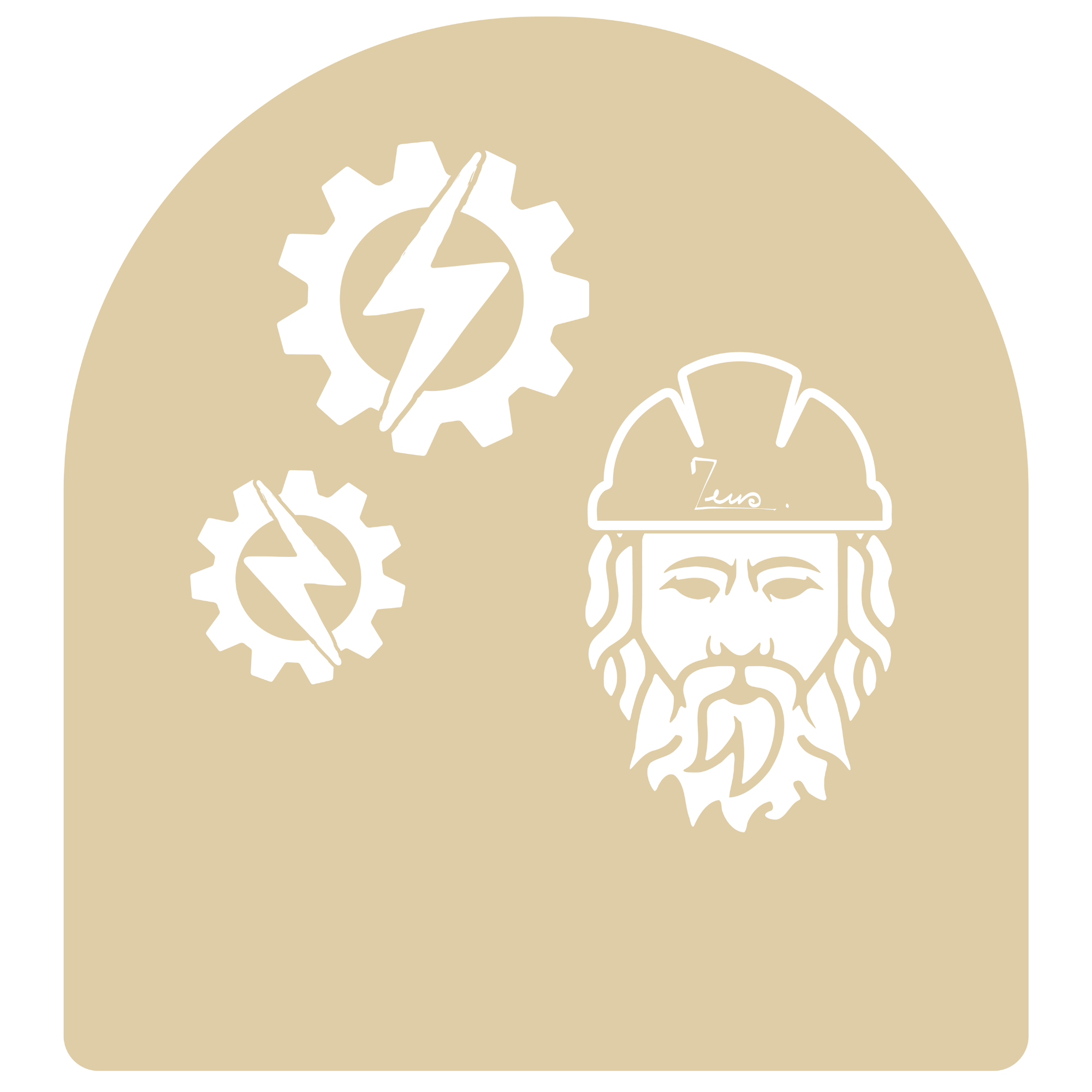
Shortboard
Ideal conditions:
The shortboard is the ideal board for medium to large, powerful and hollow wave conditions, suitable for experienced surfers. These boards are designed to deliver maximum performance in good, even epic wave conditions.
Only experienced surfers should attempt a shortboard, as its narrow, tapered shape requires a high level of technique to take full advantage.
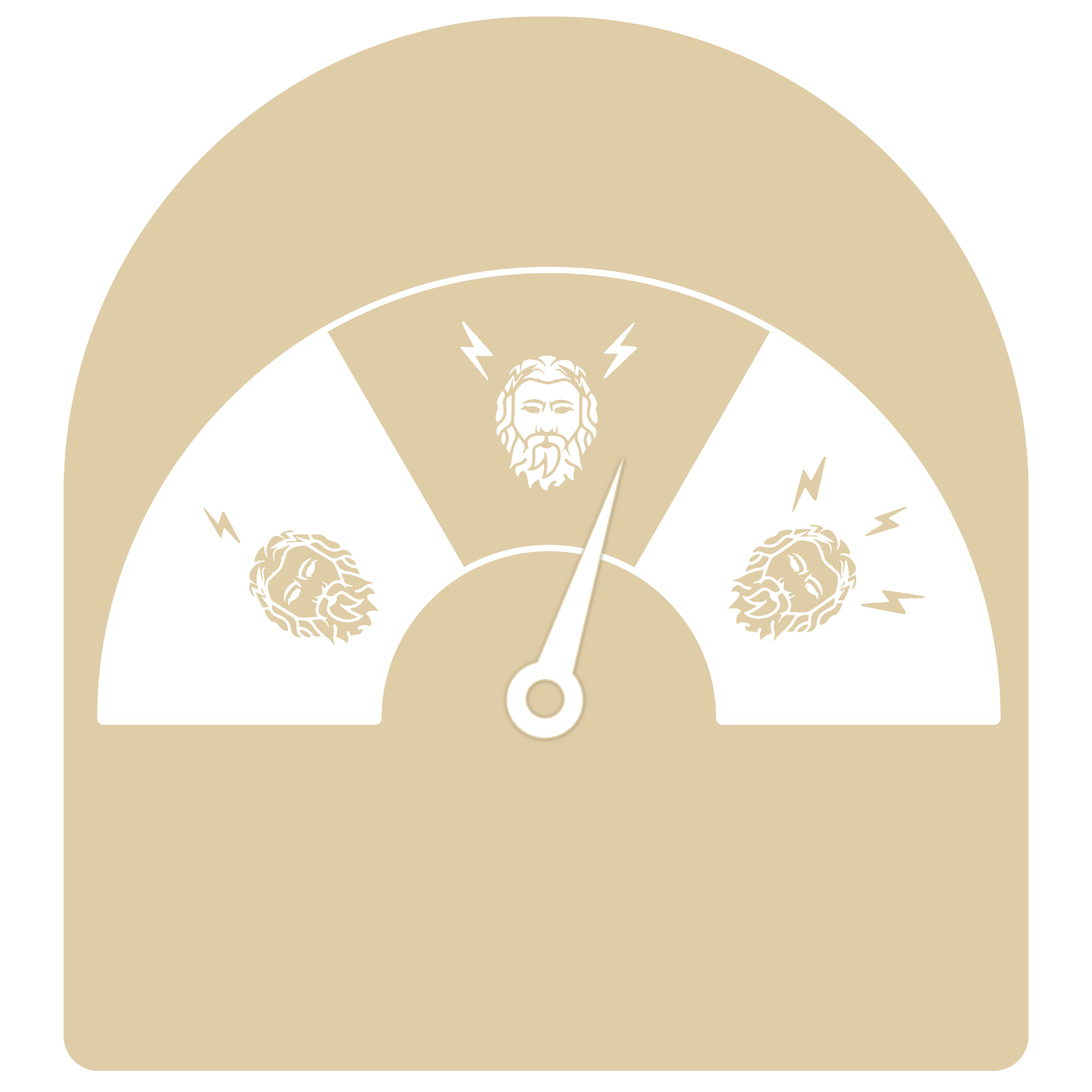
Longboard
Ideal conditions:
The longboard is the ideal board for surfing with style in gentle waves less than 2 meters long.
Its elongated, stable shape makes it a perfect board for beginners, allowing them to familiarize themselves with surfing while maintaining good balance.
Easy to paddle and offering great glide, the longboard is an excellent choice for serene progress.

